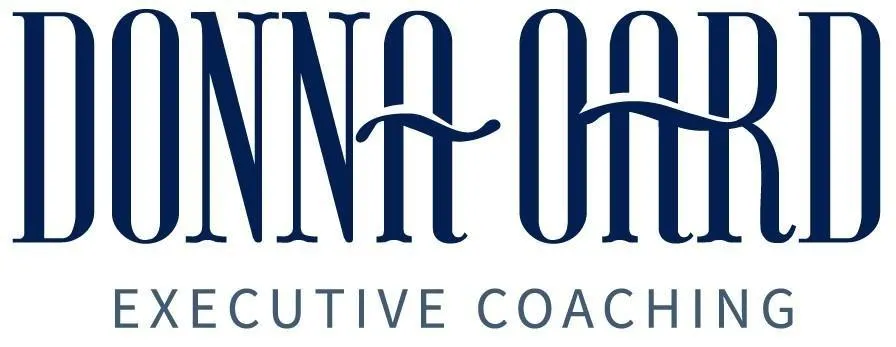Blogs
Contact me today!
I'm happy to help.

How to Build a Self-Led Team Without Compromising on Quality
In leadership, control often masquerades as care. You want things done right. You care deeply about outcomes. You pride yourself on delivering results. But when oversight turns into micromanagement, even the most well-intentioned leaders can create unintended consequences that hold their teams, and themselves back. Micromanagement doesn’t just cost time. It limits your capacity, drains your energy, and unintentionally signals to your team that they are not trusted to succeed on their own.
Let’s explore how leaders can shift from being the primary driver of execution to becoming the coach and architect of a self-sustaining, resilient team.
The Hidden Costs of Micromanagement
While it may feel productive in the short term, micromanagement often leads to:
Burnout – When everything flows through you, you become the bottleneck. The pressure to maintain standards alone is exhausting.
Reduced Team Confidence – Your team begins to second-guess their decisions, fearing correction instead of learning from experience.
Slow Decision-Making – Momentum suffers when your approval is required at every step.
If your team can only function when you’re present, the structure you’ve built is fragile, not scalable.
Ready to lead with more trust and less tension? Schedule a confidential strength assessment today and take the first step toward sustainable leadership.
The next level of leadership requires a mindset change:
From being the doer to becoming the developer.
This shift doesn’t mean lowering standards. It means communicating clear expectations, then trusting others to meet them in their own way. You don’t have to disappear, you just don’t need to dictate every detail. The goal is to create space for innovation and initiative, not chaos.
Building a Culture of Trust (Not Dependency)
Trust doesn’t mean absence, it means intentional presence.
Here’s how to start:
Set standards, not scripts. Be clear about what success looks like, but allow flexibility in how it’s achieved.
Be available, not omnipresent. Create checkpoints, not checkpoints at every turn.
Offer feedback regularly. Replace course-correction with structured guidance and reflection.
Teams thrive when they know where they’re headed and feel trusted to find the best way there.
Tools That Empower, Not Control
Systems can help you lead without hovering. Start with:
SOPs (Standard Operating Procedures) that define process clarity without micromanaging intent
Clear decision rights—who owns what, and when does escalation make sense
Progress dashboards or check-in templates that allow you to stay informed without disrupting autonomy
These tools reinforce accountability while giving your team the dignity of ownership.
Monitoring progress is important, but doing it in a way that respects autonomy is essential. Weekly check-ins, project dashboards, or team-led updates create transparency while promoting responsibility. When your team leads the update, they lead the outcome.
Streamline Your Meetings: 4-Point Executive Checklist
Get instant access to a free checklist designed to help leaders master productive meetings—plus join our 5-day FREE masterclass for deeper insights and strategies!



